La Metodología Scrum se relaciona directamente con el trabajo en equipo y hace parte de las metodologías ágiles. Una organización es fundamentalmente un grupo constituido por sus miembros que, para mantener la competitividad, emplea diversas estrategias. Entre ellas, los equipos de trabajo.
El principal objetivo de esto es orientar las capacidades y destrezas de un conjunto de personas para llevar a cabo una tarea o actividad. Esto con el fin de realizarla de manera más rápida y obtener resultados óptimos.
¿El motivo? Es simple: contar con un buen equipo de trabajo es esencial para alcanzar un alto rendimiento en cualquier proyecto. Es por esto por lo que en esta ocasión te mencionamos cómo funciona la metodología Scrum, sus fases de aplicación y el rol que desempeña cada integrante del proyecto.
Metodología Scrum, fases de aplicación y roles para que funcione
La metodología Scrum consiste en formar equipos de trabajo altamente eficientes y con gran capacidad de maniobra. Por lo tanto, puede ser implementada tanto en startups como en grandes compañías. Veamos.
Funcionamiento
Esta metodología persigue el obtener un óptimo resultado en el menor tiempo posible. Para lograr esto, las actividades se integran y retroalimentan entre sí. Esto con el fin de obtener la coordinación de los equipos de trabajo.
Así, en el método Scrum se van efectuando entregas periódicas y parciales del proyecto final; asignando las prioridades según las necesidades del cliente.
En este sentido, es una metodología diseñada para proyectos de gran complejidad, con parámetros cambiantes en los que la flexibilidad y la innovación son esenciales. También se implementa en proyectos donde:
- Se requiere la obtención de resultados en lapsos muy cortos.
- Existen tareas poco definidas y situaciones de incertidumbre (Pragma, s.f.).
Fases de aplicación
Esta metodología se aplica a través de tres etapas:
- Planificación o product backlog: en esta fase se determinan las tareas prioritarias y se obtiene información pormenorizada del proyecto; no es imprescindible definir al inicio todos los objetivos.
- Ejecución o sprint: es un proceso en el que el equipo de desarrollo se centra en la ejecución de tareas para alcanzar cada objetivo. Por lo tanto, tiene un tiempo de ejecución muy corto, desarrollando en ese lapso un producto o servicio comercialmente viable.
- Control o burn down: en esta fase se mide el avance del proyecto, actualizando cada etapa al finalizar los sprints correspondientes (APD, 2022).
Roles a desempeñar
- Propietario del producto o product owner: conoce las necesidades del cliente y el negocio. También define las prioridades del proyecto, participa en la toma de decisiones y evalúa los riesgos.
- Facilitador de proyectos o Scrum Master: sus principales funciones son gestionar el proceso Scrum y ayudar a eliminar obstáculos que afecten la entrega del producto a tiempo.
- Equipo de desarrollo: realiza las actividades para crear y entregar en cada sprint un avance del producto terminado (Deloitte, s.f.).
Beneficios de la metodología Scrum al gestionar proyectos
- Proporciona flexibilidad y rapidez en el desarrollo de un proyecto.
- Elevaba la productividad.
- Brinda información inmediata sobre el avance del proyecto.
- Permite solventar rápidamente las dificultades que surjan.
- Además, disminuye el tiempo de las pruebas preliminares (Pragma, s.f.).
Importancia
- Permite evaluar mejor los proyectos.
- Rápido aprendizaje del equipo.
- Feedback veloz y preciso.
- Proporciona plazos realistas para la entrega del proyecto.
- Obtención rápida de un producto viable comercialmente.
- Finalmente, proporciona autonomía y responsabilidad (EDT, s.f.).
La metodología Scrum divide un proyecto en fases con el fin de desarrollar un producto e ir mejorándolo por etapas. En este sentido, el producto o servicio va a ir cambiando o evolucionando constantemente.
Y aunque el método Scrum fue ideado para dar respuesta a las complejas necesidades de desarrollo de software, actualmente se aplica en cualquier organización.









